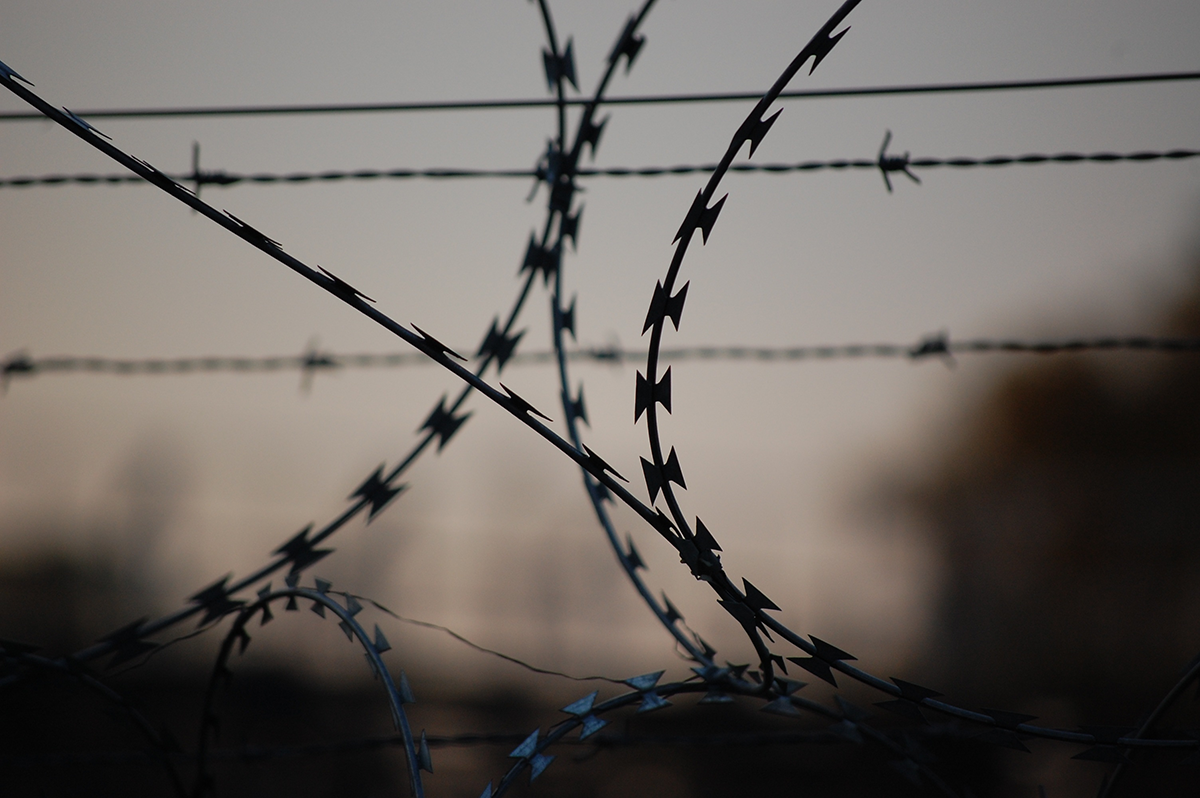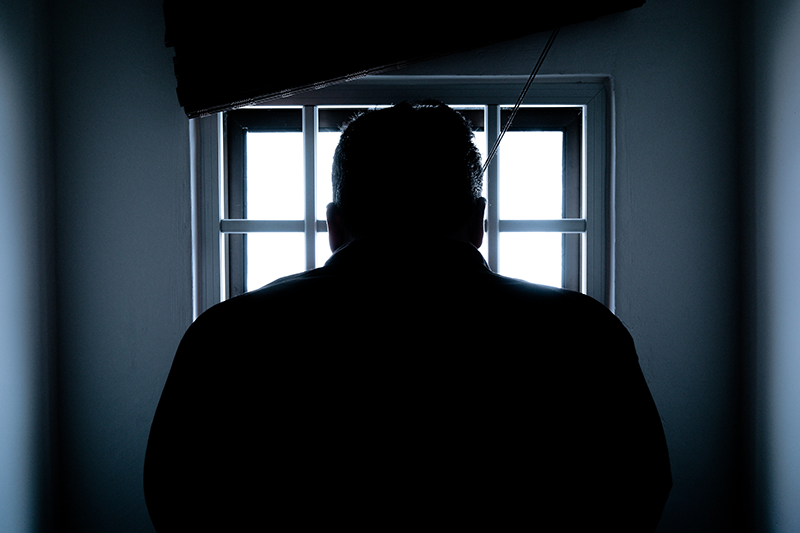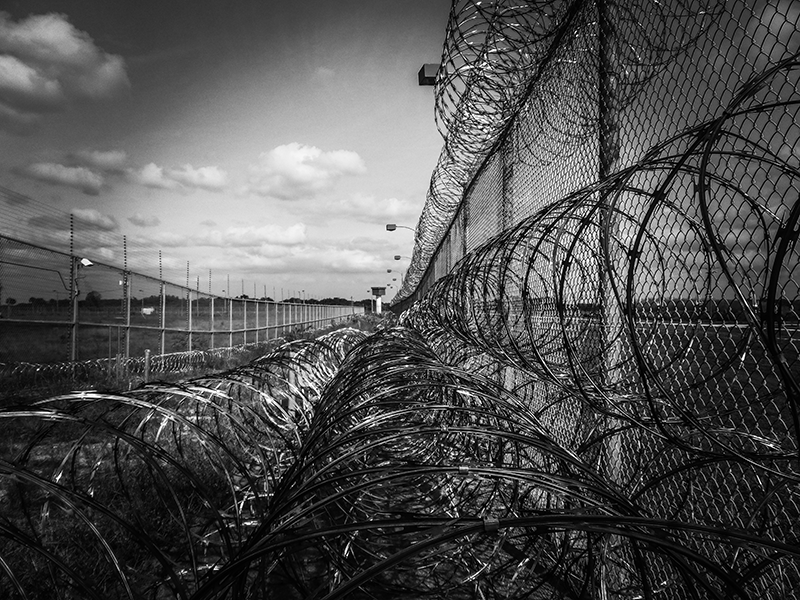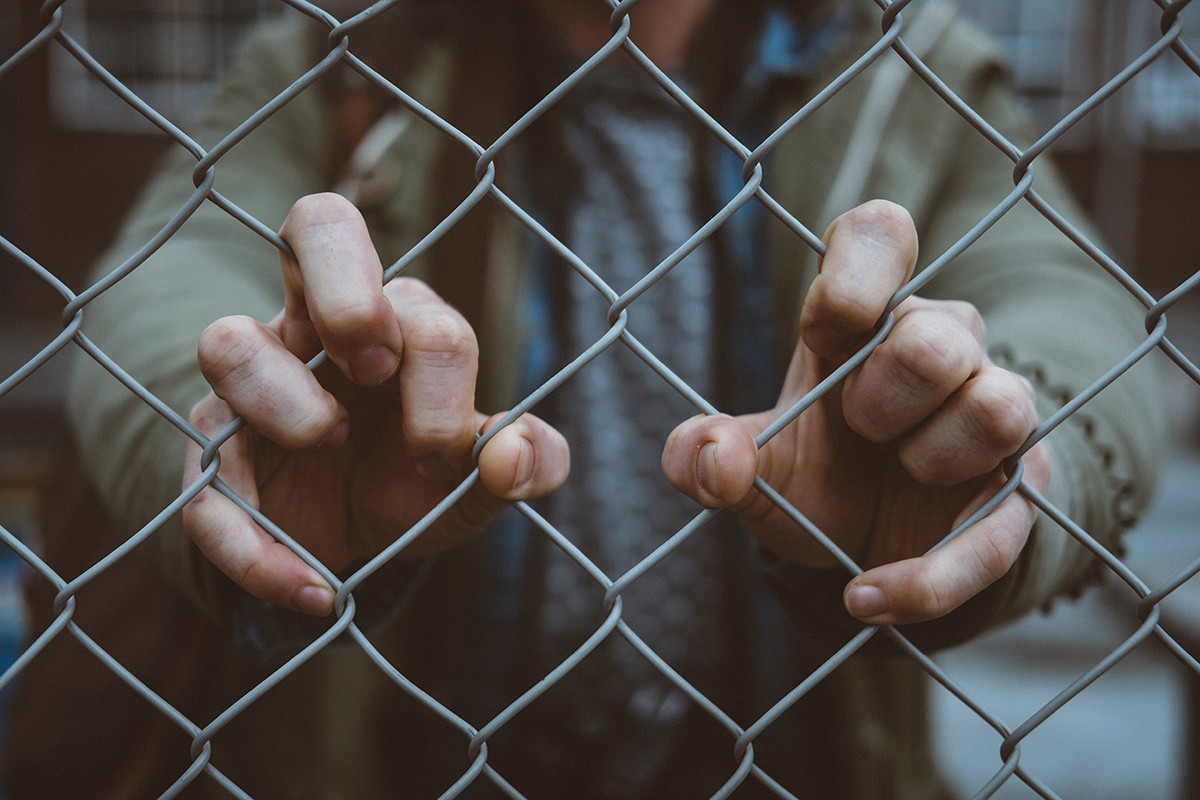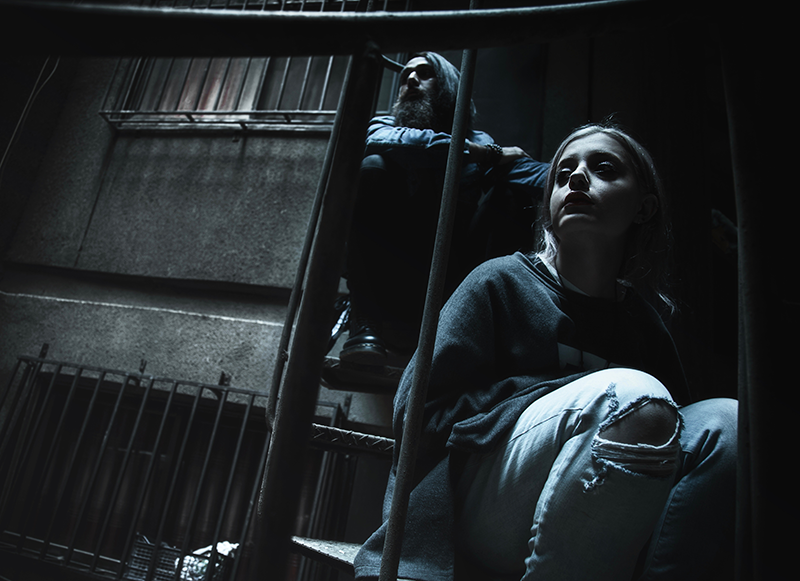The Myth Behind Long Prison Sentences
By Bryan Lufkin, 15 May 2018, BBC Future [Original Article]
Does spending ‘100 years’ behind bars actually help deter crime? BBC Future explores the impact of long prison sentences, and looks at how Norway is taking an opposite approach.
Highlights:
[Prison’s purpose:] When a judge hands a sentence to someone who’s about to go to jail, there are four main factors that go into the decision. There’s retribution (punishing the person for doing something wrong), rehabilitation (correcting problematic behavior), safety (keeping threats out of the community) and deterrence (making sure both they, and others, are scared to break the law in the future)
Criminal prosecutors, especially in countries like the US – believe that a long prison sentence checks all these boxes…[and] law bosses like US attorney general Jeff Sessions have been pushing for even harsher sentencing to keep violence and drugs off the streets. Advocates for tougher sentences say that long terms are more fitting punishments. They believe that it gives prisoners time to think about what they’ve done wrong, and that the thought of going back into prison is a motivator to stay on the straight and narrow.
But…long sentences can overcrowd prisons. It’s also extremely costly to tax payers. In a 2016 report released by the New York University School of Law, for instance, it was estimated that the US could save $200 billion over 10 years if 40% of the country’s inmate population was reduced.
So, how long should people spend locked up?
Research shows that long prison sentences don’t really work on several fronts. In addition to being somewhat arbitrary, there’s not a lot of evidence to suggest that the threat of prison time actually deters people from from committing crimes. [People who tend to be at odds with the law] seem to value the future less, one study found, meaning that long sentences can seem “arbitrary”, and only work to deter up to a point. Education played a role too, with lesser educated people seemingly less put off by a harsher sentence.
Studies also show that reoffending remains high. A 2009 study found that in the US, after three years in prison, 67% of the prisoners were rearrested for a new offence, 46.9% were reconvicted for a new crime, and 25.4% were resentenced to prison. In the UK, almost 70% are reconvicted within a year of release.
One reason is because many people think they won’t get caught… even after they’ve been caught once, experts say. The threat of a long prison sentence does not therefore deter them from a criminal lifestyle.
“Most reasonable people can agree that [people] must be held accountable for their offenses, but how long people should be locked up divides opinion.”
Findings compiled by the Justice Policy Institute in 2011 found that sentencing times for the same crime wildly vary across the globe. For example, in 2006, being convicted of robbery landed suspects in jail for an average of 16 months in Finland, but 72 months in Australia. Assault? Fifteen months in England and Wales, 60 months in the US.
“The US, in particular, is a near all-encompassing case study of what happens in a place with long prison sentences.”
In the US, the number of prisoners has quadrupled since the 1970s – and now, as prison terms get longer, people are spending even more time in prison. Most prisoners are incarcerated for drug or violence-related offences.
Today, the US leads the world with more than 2.2 million people currently in prison, a system that costs the states $56.9 billion per year.
“There’s a trend to say there’s really no sentence that’s too long when it comes to violent offences,” says Ryan King, a senior fellow at the Urban Institute’s Justice Policy Center in Washington. “That’s been a dominant force in our criminal justice system for over 40 years.”
“…Vietnam War and Civil Rights movement…led to unrest and fear among the population. Politicians capitalized on that anxiety.”
[King] points back to the late 1960s, a turbulent time in US history. The country was in the throes of the Vietnam War and the civil rights movement, which led to protests and riots. In turn, that led to unrest and fear among the population. Politicians capitalised on that anxiety. And they still do.
From that period the US saw an absolute explosion in prison population: from 200,000 in 1974 to more than 1,500,000 in 2002.
“It’s the lead on the 11 o’clock news. It is a key talking point for politicians running,” says King. “They can always go back to, ‘I’m gonna be tough on crime and keep you safe.’ A lot of these themes are really resonant in 2018.”
The US also has some of the longest prison sentences in the world due to its cultural values including an extreme emphasis on personal responsibility, religious belief in good and evil, and the idea that a community has the moral imperative to stamp out bad deeds.
King says countries like the US needs to look at alternatives – more violence prevention so that crimes aren’t committed and people don’t end up in jail in the first place. “I don’t mean hiring more cops and prosecutors,” King says. “Relying on police coming in is a reactive response. Doing something more proactive requires deeply investing in these communities.”
Are there alternatives?
Norway shows some promising results. There, capital punishment was abolished in 1902 and life sentences in 1981. The maximum prison sentence is 21 years.
Like many prisons in Scandinavian countries, meanwhile, Norway’s eight-year-old Halden Prison takes a laissez-faire approach to incarceration that may shock many in nations with more hard-driving systems. It’s described as a maximum-security prison. But at Halden, cells and the commissary look like IKEA and Whole Foods, there are no barred windows or security cameras, and unarmed guards befriend the prisoners.
Thomas Ugelvik, a criminology professor at the University of Oslo, says that these open prisons are cheaper, built on prisoner trust and, in some ways, may be tougher to do time in: more responsibility is expected of the prisoners. It’s almost like freedom, but the inmates still have sentences to serve.
These Norwegian prison sentences help lead to rehabilitation, something not always seen in long prison sentences. Research shows it has among the lowest rates of reoffending in the world – 20% compared to 67% in the US over two and three years of leaving prison, respectively. Even more surprising perhaps is that the average prison sentence length in Norway is only eight months.
Still, there’s a caveat. “Officers will expect more of you in an open prison,” Ugelvik says. “You have to go to work or school, exhibit the right positive attitude. Also, you can escape any time you want to, so in an open prison, you have to choose to stay every day. You have to live with temptation.”
Low security isn’t for everyone, though, and when the system takes a chance on someone, it’s a result of strict risk assessments. The belief, Ugelvik says, is that prisoners thrive on trust.
“When you have spent time in high security and get a transfer to a more open regime, it feels like the system trusts you at least a little bit,” he says. “You have to be able to put your own imaginary walls around yourself in a low-security prison, and most prisoners, most of the time do that successfully.”
Another misconception is the idea that the most severe punishment – the death penalty – might deter the worst crimes.
“With the current crisis of the heroin and opioid epidemic [in the US], we’re once again seeing the executive branch trying to make it about the severity of the sentence – so that if we’re going to give the death penalty, maybe you won’t engage in this crime,” says Ashley Nellis, a professor and senior research analyst at the Sentencing Project, a Washington-based non-profit that pushes for criminal justice reform.
US president Donald Trump said in April 2018 that he wanted the death penalty for drug dealers.“But if you don’t think you’re going to get caught in the first place, it doesn’t really matter,” she says.
Violent crimes are the minority of all crimes
Violent crimes are the minority of all crimes. “The problem is, the image we get from television is that there are a lot of serial rapists and killers – fortunately, they are a minority,” says Marcelo Aebi, criminology professor at the University of Lausanne in Switzerland.
When it comes to drug offences at least, the best way to overcome the downsides of long prison sentences may be to look at the issues that resulted in prison time. The hope here is that it could prevent people from entering into the criminal world.
That’s why Nellis explains that the criminal justice system doesn’t have to be the only response to illegal behaviour, “particularly for non-violent drug and property offences. Usually there’s an underlying addiction. We can address the addiction with a more evidence-based approach – one that deals with prevention and intervention and treatment, rather than a criminal justice system, which has [little] expertise on drug addiction at all. We can make a bigger impact.”
Life in prison is an extreme punishment, and in the grand scope of crimes, drug offences might not warrant such extreme measures, especially as research shows that the threat of such long sentences doesn’t actually deter people from committing these crimes.
Bryan Lufkin, is an Editor and Features writer for BBC News, based in New York City.
Travis Hiland, ReFraming Justice

